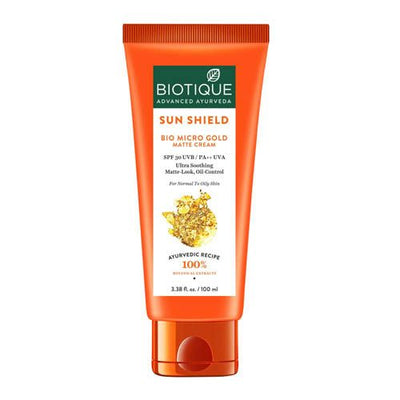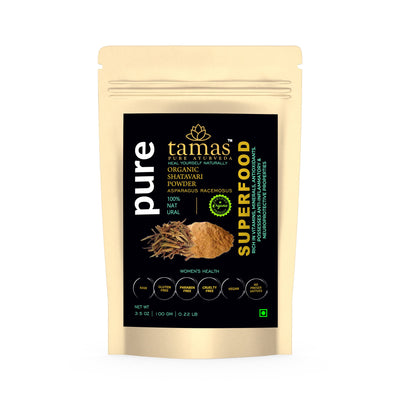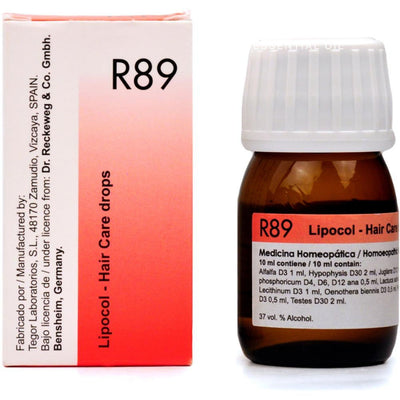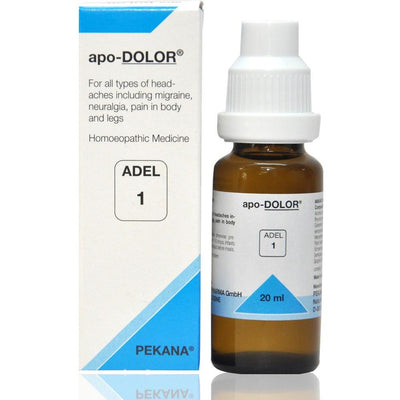
Reference: (Bhaishajya ratnavali)
Gandha thailam capsule is an ayurvedic medicine that is helpful for joint care and enhancing bone strength. It can help in providing relief from joint pain and associated symptoms. It is one of the medicines that can be helpful in healing all problems related to the joints.It is an ayurvedic medicine for bone strength. It helps to strengthen joints and bones. This ensures the joints are in good condition. It helps to remove toxins and strengthen tissues. This prevents pain and helps to alleviate vata imbalance.Bone health and vata dosha are closely related. The asthi dhatu or bone tissue is formed as posaka (unstable) medas dhatu that flows into the purisha dhara kala – the membrane of the large intestine that holds the asthi agni. The large intestine is the important home site of vata dosha, and this explains the susceptibility of bones to the disorders of vata. With Gandha Thailam, vata and pitta disorders can be pacified and the natural mass and density of bones can be restored. As it pacifies vata and pitta, it is also beneficial in managing all conditions of bones, joints and muscles arising from the wear and tear of the dhatus or tissues.Gandha Thailam is an Ayurvedic medicine for bone strength that can be taken orally or used as a massage oil as well. To speed up the healing process, it may be taken in a dosage of ten drops twice or thrice a day. Gandha Thailam is used in massage therapy to restore the state of harmony and balance in the body. The oil easily penetrates into the skin and acts directly on the body cells.The Gandha Thailam massage therapy has been used for over a thousand years and aims at soothing the nervous system, toning the muscles and promoting youthfulness. Additionally, Lakshadi Guggul can be taken with milk to offer nutritional support to the bones.Gandha thailam is available in the form of joint care ayurvedic tablets or in the form of oil. It is manufactured by Kerala Ayurveda. It is to be used as per the directions of the physician.The gandha thailam uses are:
Yashtimadhu
COMPOSITION:
Each GANDHA THAILAM Capsule is prepared out of :- Thila (Sesamum indicum Sd.) 0.2 g
- Jalam (Water)Q.S
- Ksheera (Milk)1.7 ml
- Yashtimadhu (Glycyrrhiza glabra Rt.) 0.25 g
- Manjishta (Rubia cordifolia Rt.) 5.55 mg
- Kola (Cyperus malaccensis Rt.) 5.55 mg
- Rakthachandana (Pterocarpus santalinus Rt.) 5.55 mg
- Sveta sariva (Hemidesmus indicus Rt.) 5.55 mg
- Sarjarasa (Vateria indica Resin / Exd.) 5.55 mg
- Ajmoda (Trachyspermum ammi Fr.) 5.55 mg
- Kushta (Saussurea lappa Rt.)5.55 mg
- Devadaru (Cedrus deodara Ht. Wd.) 5.55 mg
- Yashtimadhu (Glycyrrhiza glabra Rt.) 5.55
- mgKsheera (Milk)0.80 ml
- Ela (Elettaria cardamomum Fr.) 0.5 mg
- Prasniparni (Pseudarthria viscida Rt.) 0.5 mg
- Patra (Cinnamomum tamala Lf.) 0.5 mg
- Jivanti (Holostemma adakodien Rt.) 0.5 mg
- Tagara (Valeriana wallichi Rt.) 0.5 mg
- Lodhra (Symplocos racemosa St. Bk) 0.5 mg
- Durva (Cassia tora Rt.) 0.5 mg
- Guduchi (Tinospora cordifolia St.) 0.5 mg
- Ksirakakoli (Lilium polyphyllum Rt. Tr.) 0.5 mg
- Kakoli (Lilium polyphyllum Rt. Tr.) 0.5 mg
- Meda (Polygonatum cirrhifolium Rt.) 0.5 mg
- Mahameda (Polygonatum cirrhifolium Rt.) 0.5 mg
- Ridhi (Habenaria intermedia Rt. Tr.) 0.5 mg
- Vridhi (Habenaria intermedia Rt. Tr.) 0.5 mg
- Sveta sariva (Hemidesmus indicus Rt.) 0.5 mg
- Sringataka (Pistacia integerrima Rt.) 0.5 mg
- Madhuyashti (Glycyrrhiza glabra Rt.)0.5 mg
- Manjishta (Rubia cordifolia Rt.)0.5 mg
- Kushta (Saussurea lappa Rt.) 0.5 mg
- Sarjarasa (Shorea robusta Resin / Exd.) 0.5 mg
- Jatamansi (Nardostachys jatamansi Rt.)0.5 mg
- Devadaru (Cedrus deodara Ht. Wd.)0.5 mg
- Rakthachandana (Pterocarpus santalinus Ht. Wd.)0.5 mg
- Ajmoda (Trachyspermum ammi Sd.)0.5 mg
- Hrivera (Coleus vettiveroides Rt.) 0.5 mg
- It is useful not just for joint care but even for healing fractures. The pain from fractures and bone dislocation can be alleviated by taking this medicine.
- It can reduce the imbalance of vata dosha and thus deal with all joint-related problems.
- It is useful in the treatment of injuries to the ligaments and can promote faster healing.
Manjistha
- Manjistha is Rubia cordifolia, which is a common grape.
- It is one of the best medicines that works as a blood purifier and can get rid of toxins.
- Sushruta in his famous texts has described the use of Manjistha in helping repair fractures.
- It is rejuvenative in nature.
Kushta
- Kushta is Saussurea lappa, known as costus root.
- It is known for its vatashamana property and can help correct vata imbalance.
- It is an effective remedy in the treatment of arthritis.
- It helps to remove toxins from the body.
- It is anti-inflammatory and is helpful in alleviating pain from joint disease and arthritis.
Devadaru
- Devadaru is Cedrus deodara, known as Himalayan cedar.
- It is well-known for being able to rectify imbalance in vata dosha.
- It is helpful in providing relief from inflammation of the joints.
- It is especially useful in the treatment of rheumatoid arthritis.
Shweta sariva
- Shweta sariva is Hemidesmus indicus, known as Indian sarsaparilla.
- It is a tridosha hara remedy that can help in balancing all three doshas.
- It is amahara in nature and can get rid of toxins to improve metabolism.
- It is helpful in the treatment of osteoporosis.
- Yashtimadhu is Glycyrrhiza glabra, known as licorice.
- It is also known as Mulethi.
- It can help in restoring Vata imbalance.
- It is very useful in promoting healing of bone fractures and injuries.
- It is helpful in providing relief from inflammation.
- Arthritis is one of the common reasons for joint pain. It can be osteoarthritis or rheumatoid arthritis. Osteoarthritis happens because of breakdown of the cartilage that acts as a shock absorber for the joints. It commonly occurs among those above 40. Rheumatoid arthritis, on the other hand, occurs because the immune system attacks the joint membrane causing pain and fluid-up.
- Injuries
- Inflammation of the tendon in the joint or of the cushioning pads (bursitis)
- Infection in the joint or in the bone
- Overuse of a joint
- Gout
- Diseases like rickets, mumps, osteoporosis, and cancer
You may also like
More from Kerala Ayurveda
More from Thailam
Recently viewed

























